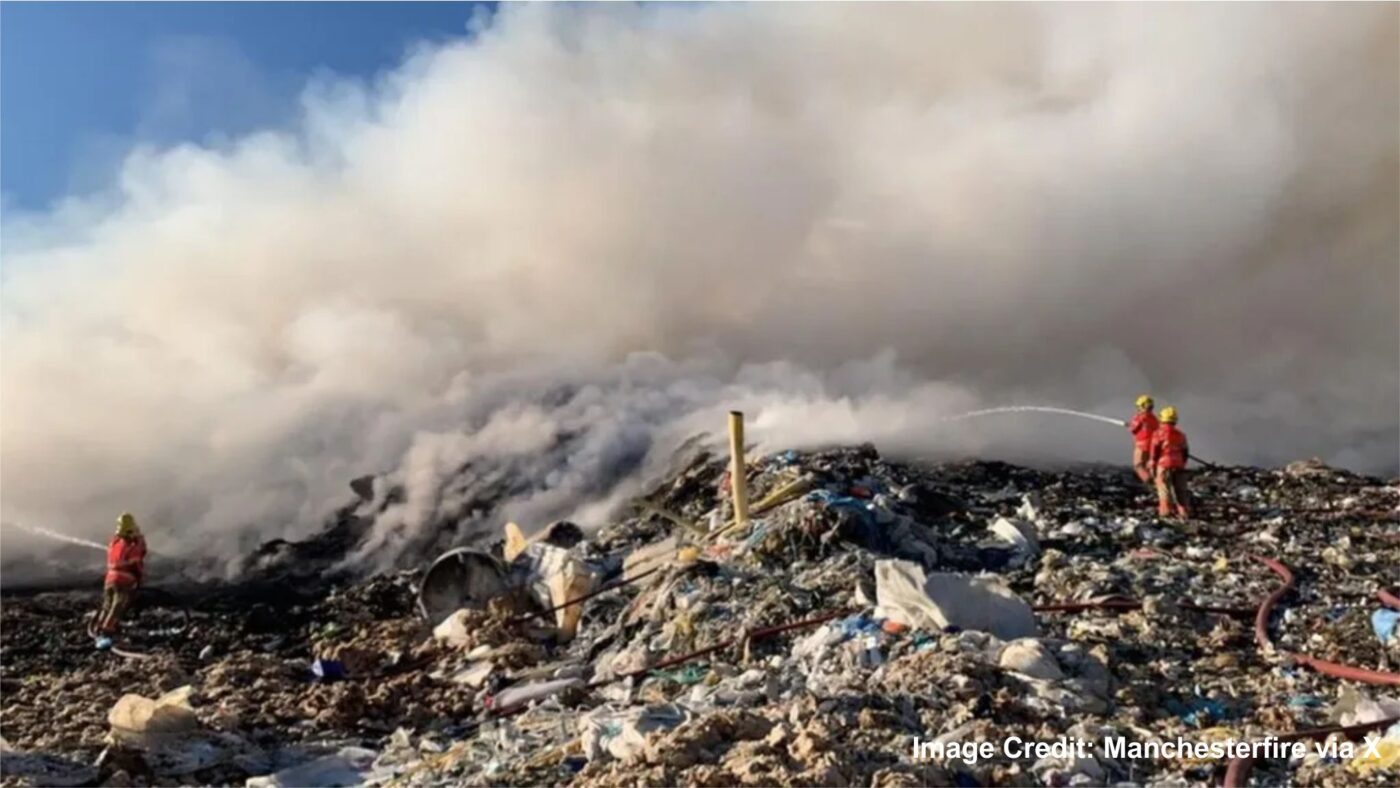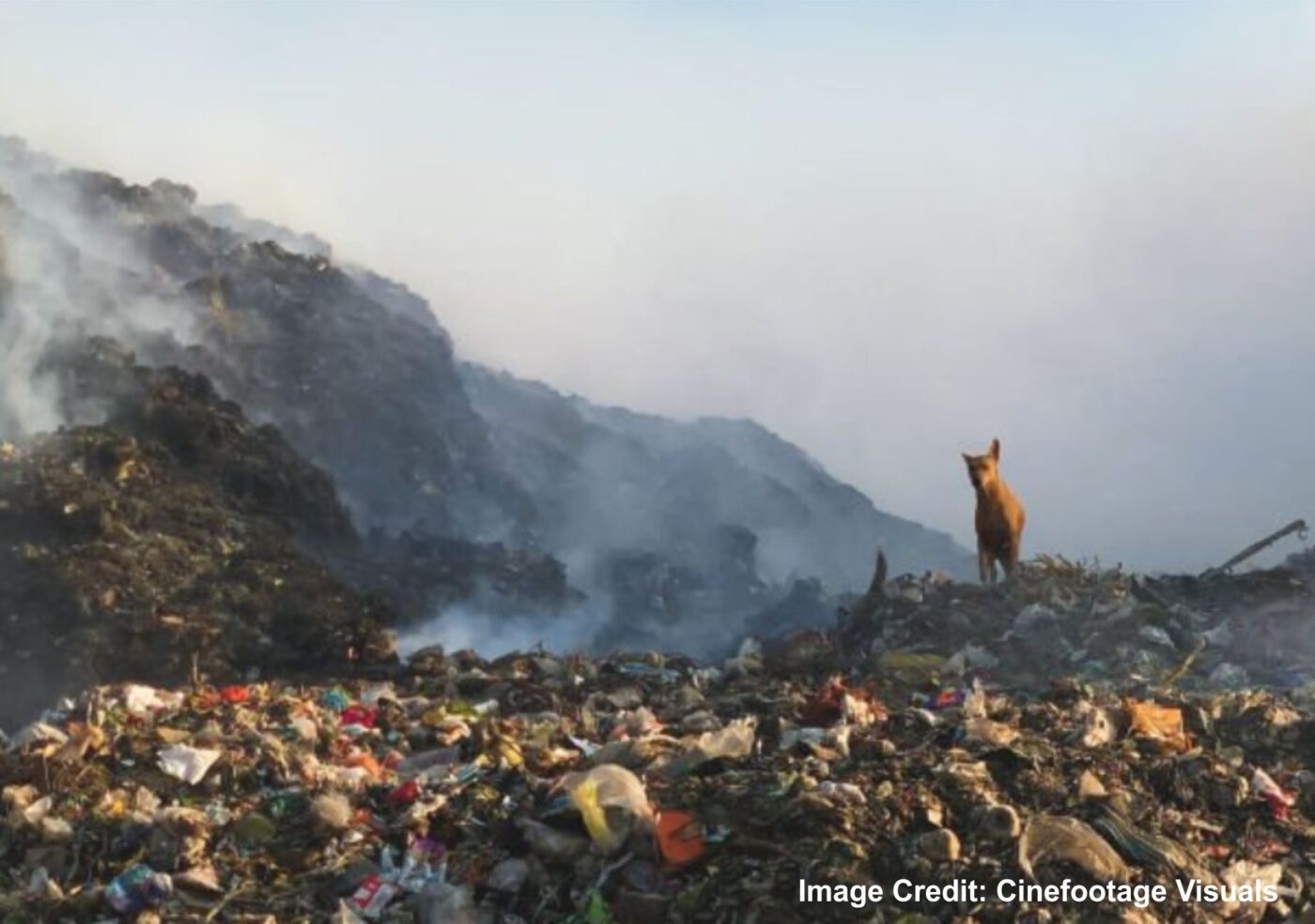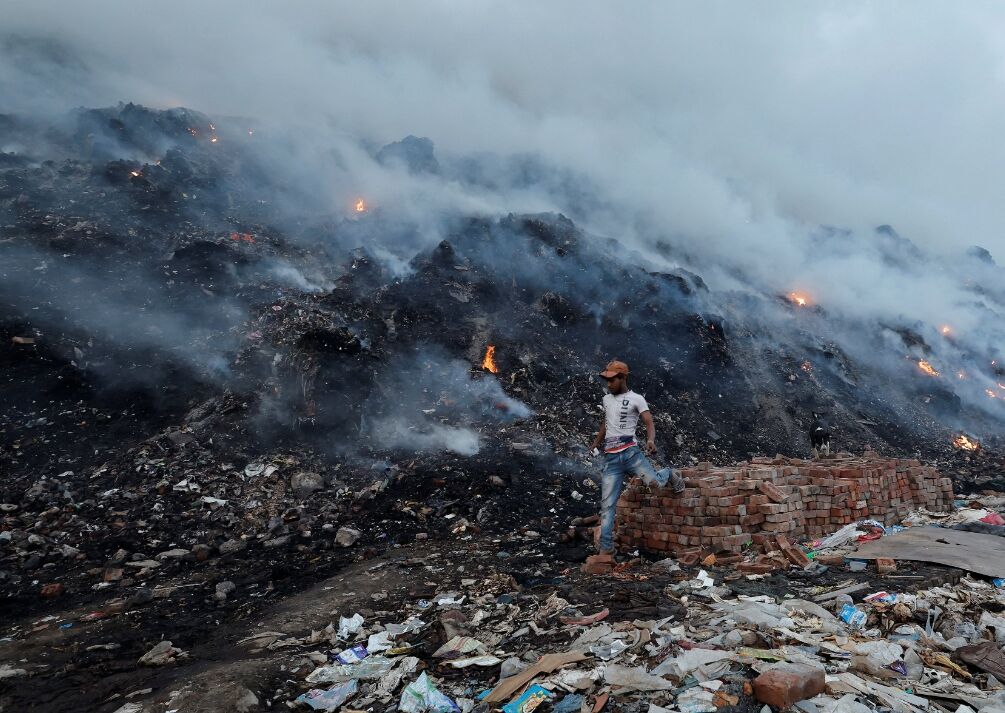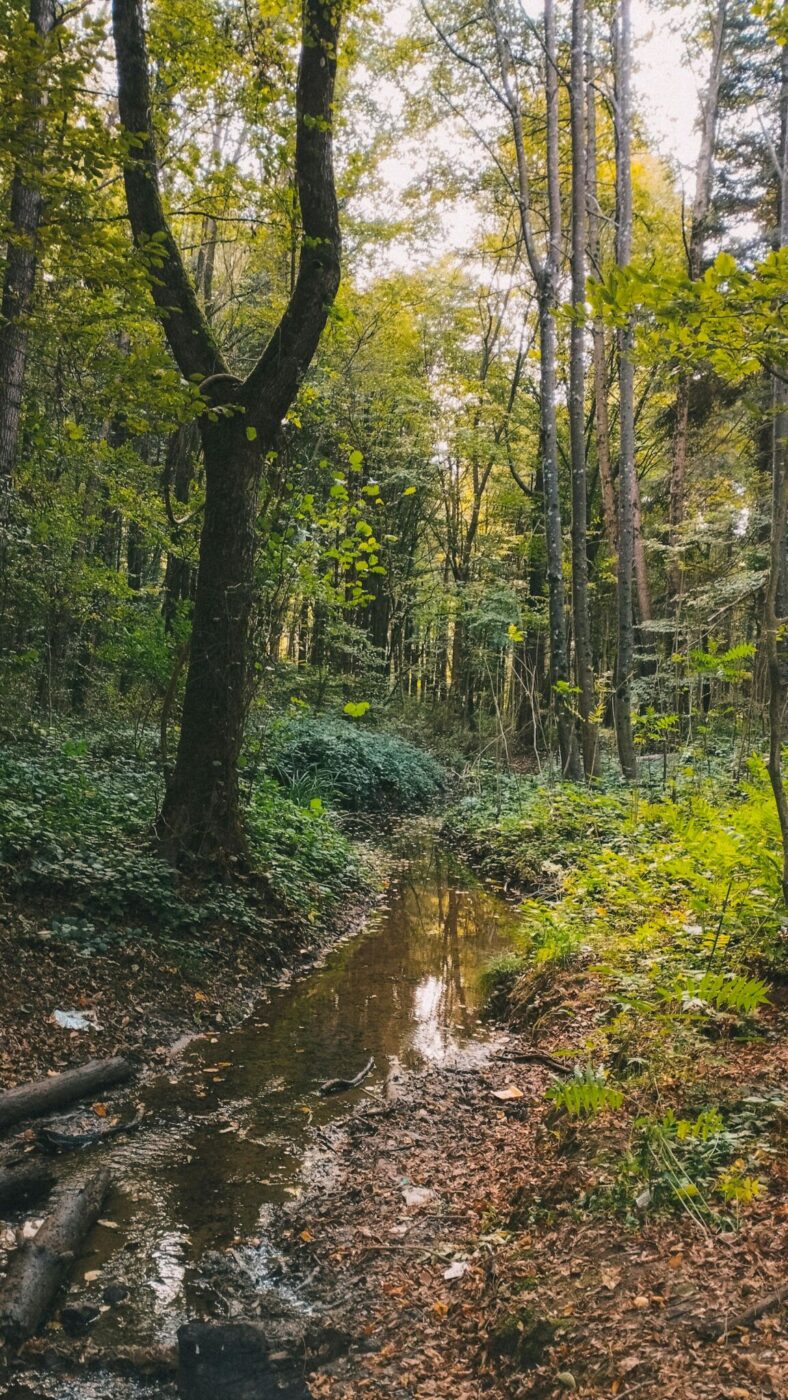Addressing the Methane Crisis: A Sustainable, Methane-Free Approach to Animal Carcass Disposal

The Urgent Methane Challenge
Recent studies show methane emissions are exceeding previous climate projections. Methane is over 80 times more potent than CO₂ at trapping heat over a 20-year period, making it one of the most urgent greenhouse gases to address.
Landfills are a primary source of methane, with decomposing organic matter—including animal carcasses—creating large methane plumes that contribute to:
- Accelerated global warming
- Landfill fires triggered by methane buildup
- Toxic smoke and air quality issues in nearby communities
- Disease spread from infected remains scavenged by birds and vermin
Many municipalities, particularly small island nations and rural regions, still rely on landfill disposal for animal remains. Without intervention, this creates public health risks, waste management inefficiencies, and significant environmental damage.
Why Putrescible Waste is a Methane Hotspot
“Putrescible waste” refers to any organic matter that decomposes quickly and produces odors, including animal remains. In a landfill’s anaerobic conditions, this waste generates methane and volatile organic compounds (VOCs).

Even landfills with methane capture systems often fail to capture over 50% of total methane emissions. This results in:
Public health crises due to prolonged air pollution
Uncontrolled fires that burn for weeks or months
Soil and groundwater contamination
Rising operational costs for municipalities attempting fire suppression
Aquaternal’s Alkaline Hydrolysis: A Zero-Waste Alternative
Aquaternal offers a proven, methane-free alternative to traditional animal carcass disposal:
- 🔹 Minimal Air Emissions: Water cremation releases only water vapor and trace CO₂; most carbon remains safely locked in sterile effluent.
- 🔹 No Methane Generation: Diverts carcasses from landfill burial, eliminating the risk of methane buildup and fire hazards.
- 🔹 Upcycling Waste:
- Liquid effluent becomes a nutrient-rich soil amendment, ideal for reforestation and regenerative agriculture.
- Bone remains are processed into bone meal for soil enrichment and biodiversity restoration.
- 🔹 Scalable Systems: Units can be customized for municipal facilities, animal shelters, or island nations with limited space and infrastructure.
- 🔹 Public Health Safeguards: Neutralizes pathogens, preventing disease spread from infected remains.
By integrating Aquaternal’s alkaline hydrolysis system, municipalities can meet sustainability goals, prevent landfill fires, and reduce greenhouse gas emissions.
Driving Climate Action Through Innovation
With methane emissions outpacing expectations, municipal waste strategies must evolve. Aquaternal’s patented alkaline hydrolysis technology provides:
A scalable platform for sustainable waste management in urban, rural, and island environments
A cost-effective, zero-waste solution
A way to separate organic waste streams and reduce landfill pressure

Call To Action
Municipal leaders, environmental agencies, and animal control services can act now to:
- Eliminate methane risk from animal disposal
- Adopt scalable, climate-friendly technology
- Transform waste into valuable resources

Our mission is to partner with forward-thinking death care providers and industrial partners to scale this next generation of water cremation technology globally. Rather than manufacturing equipment directly, we are seeking strategic partners or licensees to commercialize and deploy our proven, disruptive innovations, helping funeral homes, crematoria, and veterinary networks reduce emissions, save energy, and offer families a more dignified and eco-friendly option.
